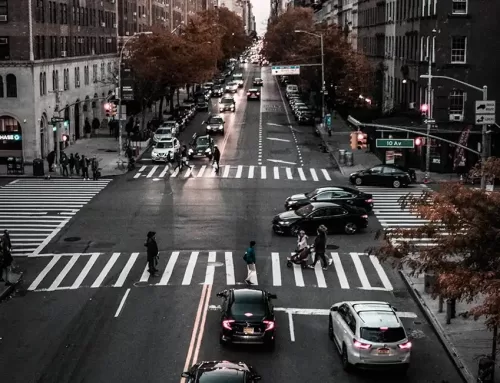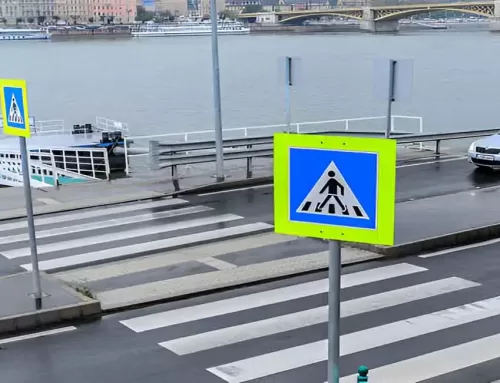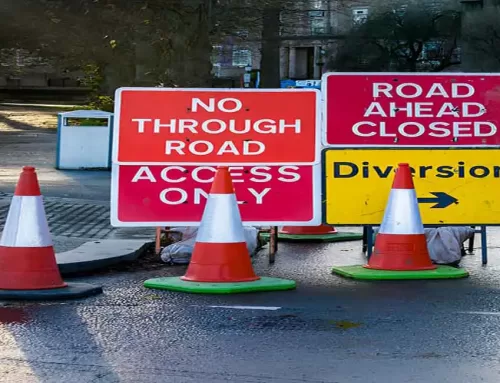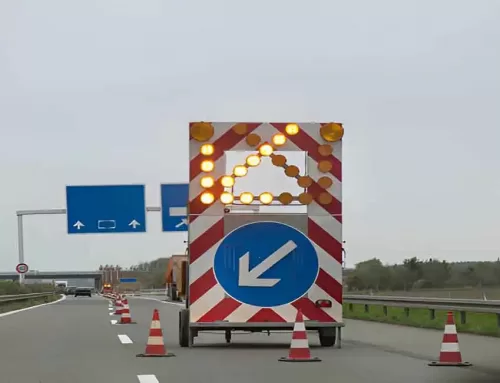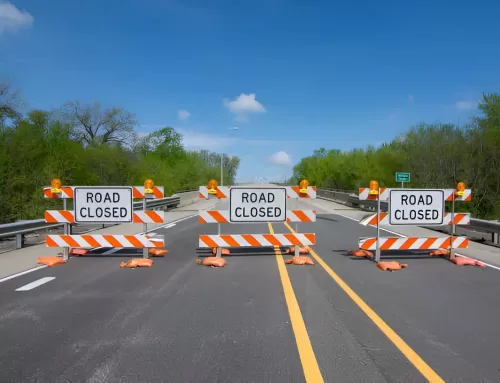What Are the Costs Associated With Using Traffic Delineators?
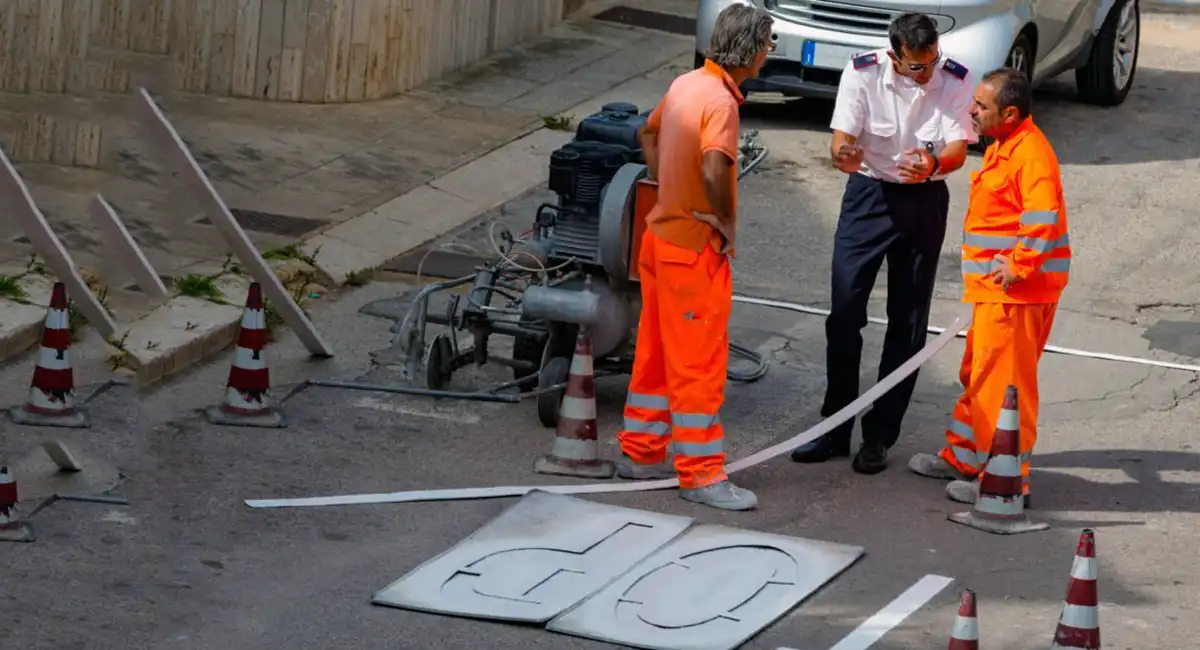
Delineators are portable traffic control devices that help drivers navigate through a roadway that may have unusual conditions. They’re especially useful when lane-reduction transitions are occurring, or when a curve is approaching.
They can also be used to divide traffic lanes during projects and events. Plus, they’re one of the easiest traffic control products to maintain.
The Traffic delineators consist of plastic columns and reflective sheeting tape on the surface. The related cost of the traffic delineators covers the installation, maintenance of plastic columns and retroreflective tape, delineators replacement, delineators parts replacement, clear needs of delineators based on transportation.
1. Installation
Delineators are one of the most popular pieces of traffic safety equipment used to help guide drivers through construction or hazardous road conditions. These retroreflective devices are also often used to indicate parking spaces and other zones.
They are an essential part of any safety program and are available in a variety of materials and sizes to fit specific requirements. Typically, they are placed between lanes or along the edges of roadways to provide visible boundaries.
Many of these devices are molded from durable polymers and plastics, making them less likely to break or cause severe damage. Depending on the design, some can even resist impact from oncoming vehicles at low speeds.
These delineators can be placed in a wide range of configurations and are usually accompanied by other safety devices to help drivers see what they’re looking at. Some devices, such as bollards, are made of heavy-duty steel or concrete, while others are flexible and can bounce back up if they are run over by a vehicle.
While they are generally the least expensive piece of traffic safety equipment, their installation and replacement costs can be significant. This is especially true if they need to be replaced frequently.
Some delineators require new-pour concrete to be installed, but some are removable, which cuts installation costs significantly. In addition to cost savings, some can be embedded in the ground to reduce the risk of damage from impact.
These posts are a great option for securing the perimeter of road construction sites, and their standard traffic safety orange and white color makes them highly visible to drivers. They’re also a good choice for temporary parking areas in outdoor events, and they’re easy to transport.
2. Maintenance
Delineator posts are used to help maintain order and safety on roadways. They may be installed on a permanent basis or temporarily during construction projects. They’re often placed on the side of the road or near intersections where drivers must be careful. They’re also used to mark the areas where a public road meets a private property line.
They also keep the roads safer for maintenance crews, who use them to see where they’re working and plow snow. And they make it easier for emergency personnel to get from one side of the road to the other when there’s a collision.
Flexible delineators are less likely to break than traditional post designs, making them more cost effective. They’re also resistant to damage from cars and plows.
DOTs, utility companies and maintenance teams across the country trust flexible delineator posts to help them do their jobs. They’re also highly visible and easy to set up and store.
In addition, they’re easy to repair or replace. They’re usually made of durable, molded polyethylene and have UV inhibitors to prevent fading.
Regardless of the type of delineator you choose, it’s important to follow all federal highway guidelines for installation.
They should have a retroreflective strip to increase visibility at night and during adverse weather conditions. You should also ensure that you’re following the correct installation guidelines for your state’s roads. If you have any questions about using traffic delineators, you can contact your state’s transportation agency for more information. It’s always best to follow the rules and regulations for your area to maximize safety and reduce congestion on the road.
3. Replacement
Traffic delineators are used to help drivers understand the boundaries of certain road construction areas, a lane closure, or any other traffic situation that requires special safety measures. They’re a great way to keep roads clear and safe.
However, the cost of using these devices can also be quite high. The average cost of a single delineator can range from $60 to $1,000.
There are many factors that go into the replacement costs associated with these delineators, such as the location and the time of year they’re used. For example, if the delineator is used during the winter, it’s likely that it will need to be replaced more often than a delineator that’s only used during the summer.
The cost of a new delineator can be expensive, especially if the delineator is located in an area where there is high traffic and frequent interruptions to traffic flow. For this reason, it’s important to choose a durable and long-lasting delineator that can stand up to the elements.
Generally, delineators are made of durable plastic. They are designed to resist the impact of a car driving into them or a pedestrian trying to run past them.
Some delineators are also portable, so they can be easily moved from one place to another. This makes them a convenient option for road construction projects, maintenance and remodeling zones, and outdoor events.
Most delineators are orange, but there are some that are white or yellow as well. These colors are more common for construction areas, but they can be useful when delineating traffic flow guidance at a sports event or other activity. They are also very visible and help drivers avoid collisions with construction equipment or other vehicles.
4. Replacement Parts
Delineators are used to indicate lane closures and other road work zones. They are also used to warn motorists of hazards, such as speed bumps, water, flooding or tree trimming. They can be easily seen by drivers, which makes them a safer alternative to traditional barricades.
They are also inexpensive to purchase in bulk for use by cities or municipalities that want to control traffic and ensure safety in their areas. They are made from durable, damage-resistant materials that can withstand impact by moving vehicles at low speeds.
These portable, flexible delineators can be deployed for temporary installation or to flag a construction zone. They can also be rolled up and stored for safe transport when not in use.
Some delineators are free-standing while others have weighted bases that can stabilize them for longer-term placement. Most are lightweight, making them easy to move from one location to another.
These versatile and effective traffic delineators are an essential tool for any roadway, parking lot or construction zone. They offer a wide range of uses, can be easily installed and are readily available at any SONCO distribution center or online store. They are durable, easy to clean and can be stored compactly for long-term use.
5. Transportation
Whether you’re planning to install traffic delineators in a parking lot, on a job site, or elsewhere, there are a number of factors you need to consider. These include the size of the area you need to cover, the types of delineators you need, and how you’re going to use them.
To keep things as cost-effective as possible, it’s important to calculate the area you need to cover before you buy anything. This way, you can make sure you’re not overbuying or underbuying.
You should also take into account the type of work you’re planning to do, and how long it will be before the delineators are removed. This will help you avoid buying a large number of delineators for a short period of time, which can lead to problems later on.
Once you have an idea of how many delineators you’ll need, it’s important to make sure that they’re placed correctly. This will help you keep drivers safe while maintaining a safe work zone.
For instance, if you’re planning to use traffic delineators near bike lanes, it’s important to place them in such a way that they are visible to drivers from a distance. This will help prevent them from driving into the bike lane or blocking it for vehicles that are not using it.
It’s also important to keep in mind the materials you’re using for your delineators. While you can buy delineators made of steel, it’s best to stick with a plastic material, as it will be less likely to rust or break.
Moreover, you should ensure that the traffic delineators you’re using are durable enough to withstand heavy abuse from traffic. This will help you avoid the costs associated with replacing them after they’ve been harmed.
If you have a traffic safety project that needs traffic delineators, you come to the right place. XW Reflective is a leading reflective tape manufacturer & supplier in China, our reflective sheeting products sell to USA, Canada, Mexico, Australia, Colombia, Russia, France, Peru, Chile, Brazil, Argentina, Costa Rica, Norway, South Africa, Pakistan, Korea, Thailand …, get all good feedback. If you are in demands of reflective sheeting for traffic delineators, please don’t hesitate to contact us for more details.
